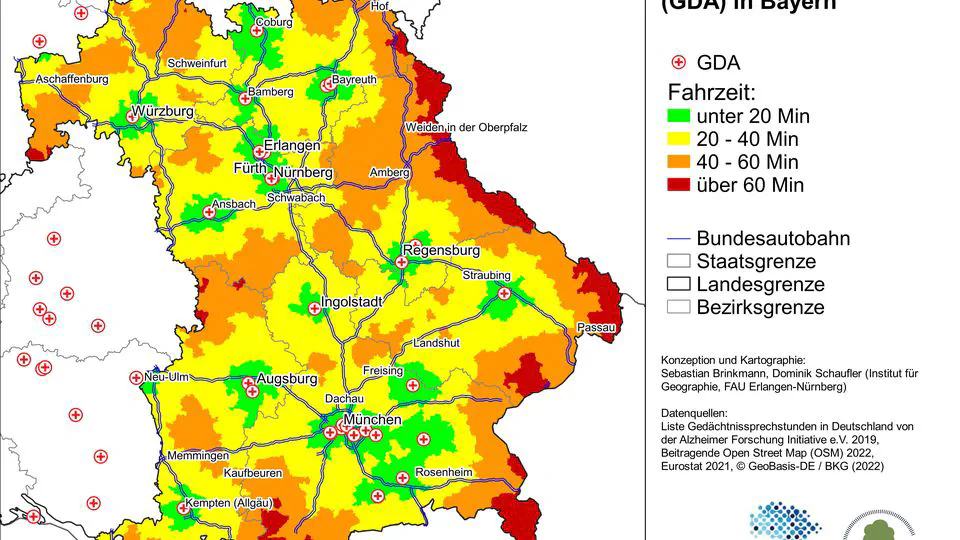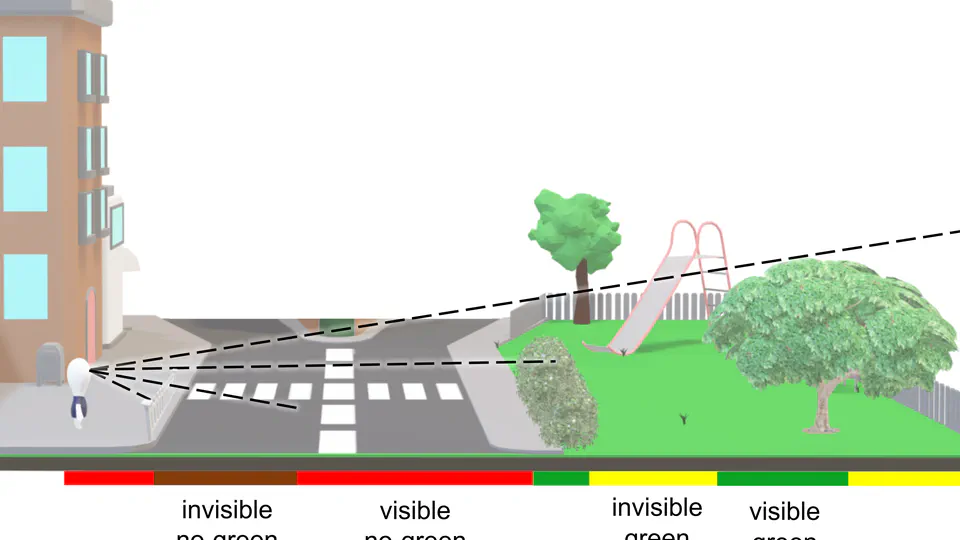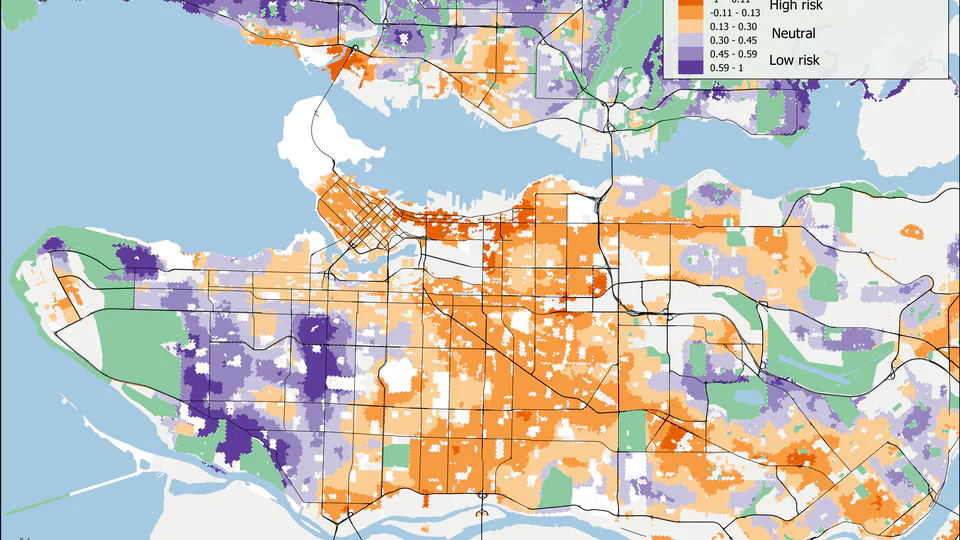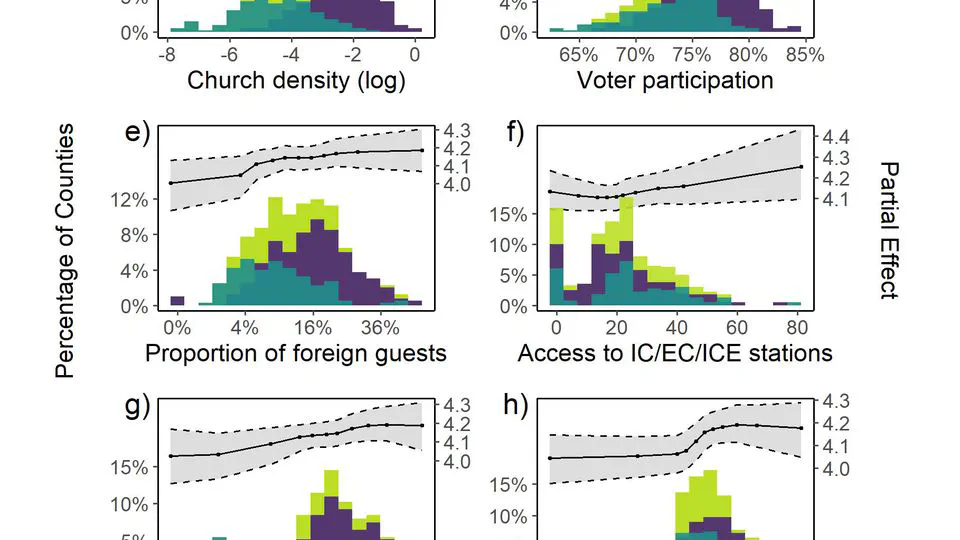Nürnberg - 3. Greenness Accessibility Index (GACI)
By integrating realistic walking routes and park size weighting, the Greenspace Accessibility Index (GACI) offers a more practical and community-focused measure of how easily residents can reach quality public parks.



